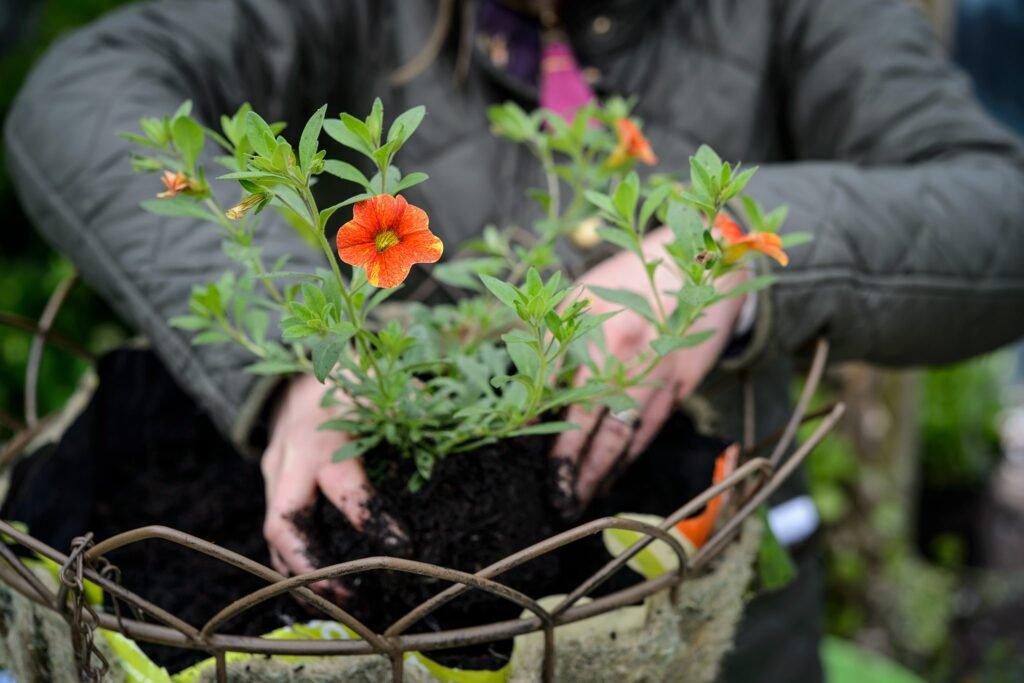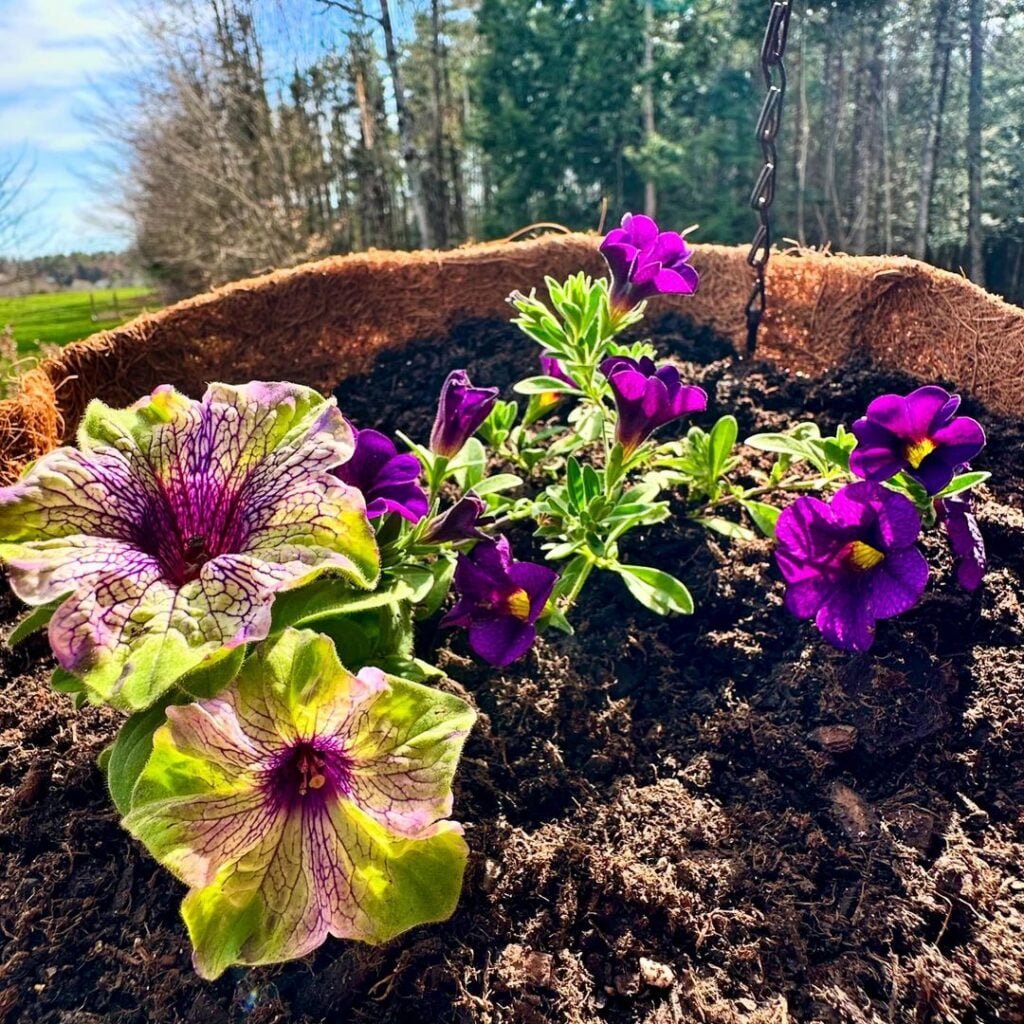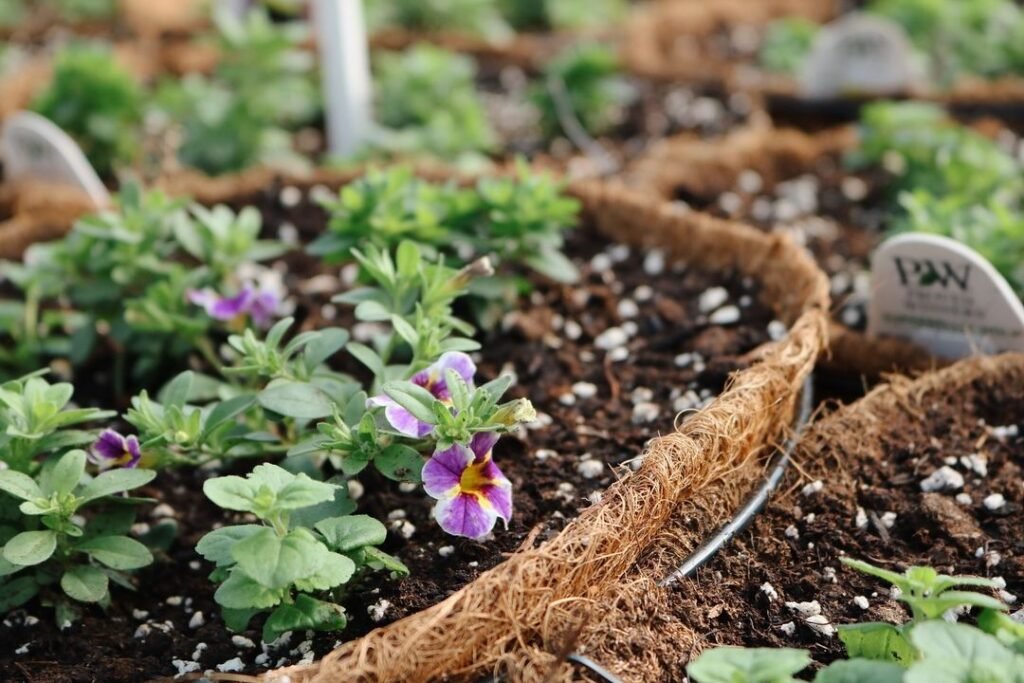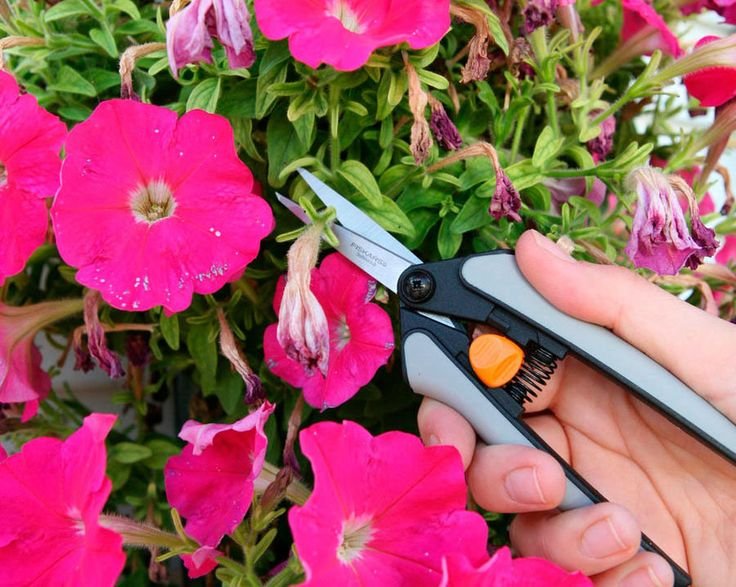Calibrachoa, known as Million Bells or Superbells, are vibrant, low-maintenance plants that bring a burst of color to gardens and containers. Learn how to grow and care for these prolific bloomers with our comprehensive guide.
Gardeners seeking a burst of continuous, vibrant color need look no further than Calibrachoa, also known as Million Bells or Superbells. These compact, free-flowing plants are a true delight, producing an abundance of petite, petunia-like blooms in a rainbow of hues. From bright reds and sunny yellows to soft pastels and bi-colors, Calibrachoa offers something for every gardener’s taste and planting situation. In this comprehensive guide, we’ll cover everything you need to know to successfully grow and enjoy these delightful bloomers.
Getting to Know Calibrachoa
Understanding the Plant

Here’s a short information chart about Calibrachoa, including Superbells® and Million Bells®:
| Item | Information |
|---|---|
| Botanical Name | Calibrachoa spp. |
| Plant Type | Annual |
| Zones | Typically Zones 9-11, but can be grown as annuals in colder zones |
| Exposure | Full Sun to Partial Shade |
| Bloom Time | Spring to Fall |
| Height/Spread | Varies by variety, typically 6-12 inches tall and spreading up to 2 feet wide |
Calibrachoa (pronounced cal-ih-bruh-KOH-uh) is a genus of small, trailing plants native to South America. Despite their delicate appearance, these plants are surprisingly hardy and heat-tolerant, making them ideal for hot, sunny conditions. Calibrachoa are often grown as annuals, but in mild climates, they can also be treated as perennials or overwintered indoors.
Popular Varieties

With their wide range of vibrant colors and growth habits, Calibrachoa offers a variety for every gardening need. Some popular series and varieties include:
- Superbells® Series: Compact plants with abundant blooms in a wide range of colors.
- Million Bells® Series: Trailing plants perfect for hanging baskets and containers.
- Callie™ Series: Unique bi-colored blooms and a mounded growth habit.
- Celebration® Series: Vibrant, non-fading colors and excellent heat tolerance.
Planting and Care
Choosing the Right Location

Calibrachoa thrive in full sun, requiring at least six hours of direct sunlight per day. They also prefer well-draining soil, as their roots can easily rot in overly moist conditions.
Soil Preparation

Before planting, amend the soil with compost or well-rotted manure to improve drainage and fertility. Calibrachoa prefer a slightly acidic to neutral soil pH between 5.8 and 6.8.
Planting Techniques
Calibrachoa can be planted directly in the ground or in containers. For in-ground planting, space plants 8 to 12 inches apart, and for containers, choose a pot with good drainage and a diameter of at least 8 inches.
Watering and Fertilizing

These plants have moderate water needs, requiring regular watering to keep the soil consistently moist but not waterlogged. Apply a balanced, water-soluble fertilizer every two to four weeks during the growing season for optimal bloom production.
Pruning and Deadheading

Regular deadheading, or removing spent flowers, will encourage Calibrachoa to continue blooming prolifically. Pinching back the plants occasionally will also help promote a fuller, bushier growth habit.
Overwintering
In colder climates, Calibrachoa can be overwintered indoors as houseplants. Before the first frost, carefully dig up the plants, trim them back, and pot them in well-draining potting mix. Place them in a sunny location and water sparingly during the winter months.
Designing with Calibrachoa
Container Gardens

Calibrachoa are ideal for container gardening, thanks to their compact size and trailing growth habit. Plant them in hanging baskets, window boxes, or mixed containers for a stunning display of cascading color.
Garden Beds and Borders

Incorporate Calibrachoa into garden beds and borders for a vibrant pop of color. They make excellent edging plants or can be used to fill gaps between taller plants. Their trailing stems can also be allowed to spill over raised beds or retaining walls.
Companion Planting

Calibrachoa pair beautifully with a variety of other annuals and perennials. Try combining them with upright plants like marigolds, petunias, or lantanas for a visually striking contrast in texture and form.
Cut Flowers
While not traditionally grown as cut flowers, Calibrachoa blooms can be used in fresh or dried arrangements for a delicate, whimsical touch.
Troubleshooting Common Issues
Pests and Diseases

Calibrachoa are generally quite resistant to pests and diseases, but keep an eye out for common issues such as aphids, spider mites, and powdery mildew. Proper watering, spacing, and air circulation can help prevent many problems.
Fading Blooms

If your Calibrachoa blooms start to fade or become washed out, it could be a sign of too much direct sunlight or heat stress. Providing afternoon shade or increasing water during hot spells can help revive the plants.
Leggy Growth

If your Calibrachoa plants become leggy or straggly, it’s likely due to insufficient sunlight or overcrowding. Prune them back and move them to a sunnier location or thin out the plants for better air circulation.
Calibrachoa, with their vibrant colors and continuous blooms, are a true delight for any gardener seeking a low-maintenance burst of color. By following the tips and guidelines outlined in this comprehensive guide, you’ll be well-equipped to successfully grow and enjoy these delightful plants in your garden, containers, or hanging baskets. Whether you’re a seasoned green thumb or just starting your gardening journey, Calibrachoa offer a versatile and rewarding addition to your outdoor spaces. So why not embrace the joy of nonstop color and add these charming bloomers to your gardening repertoire today?